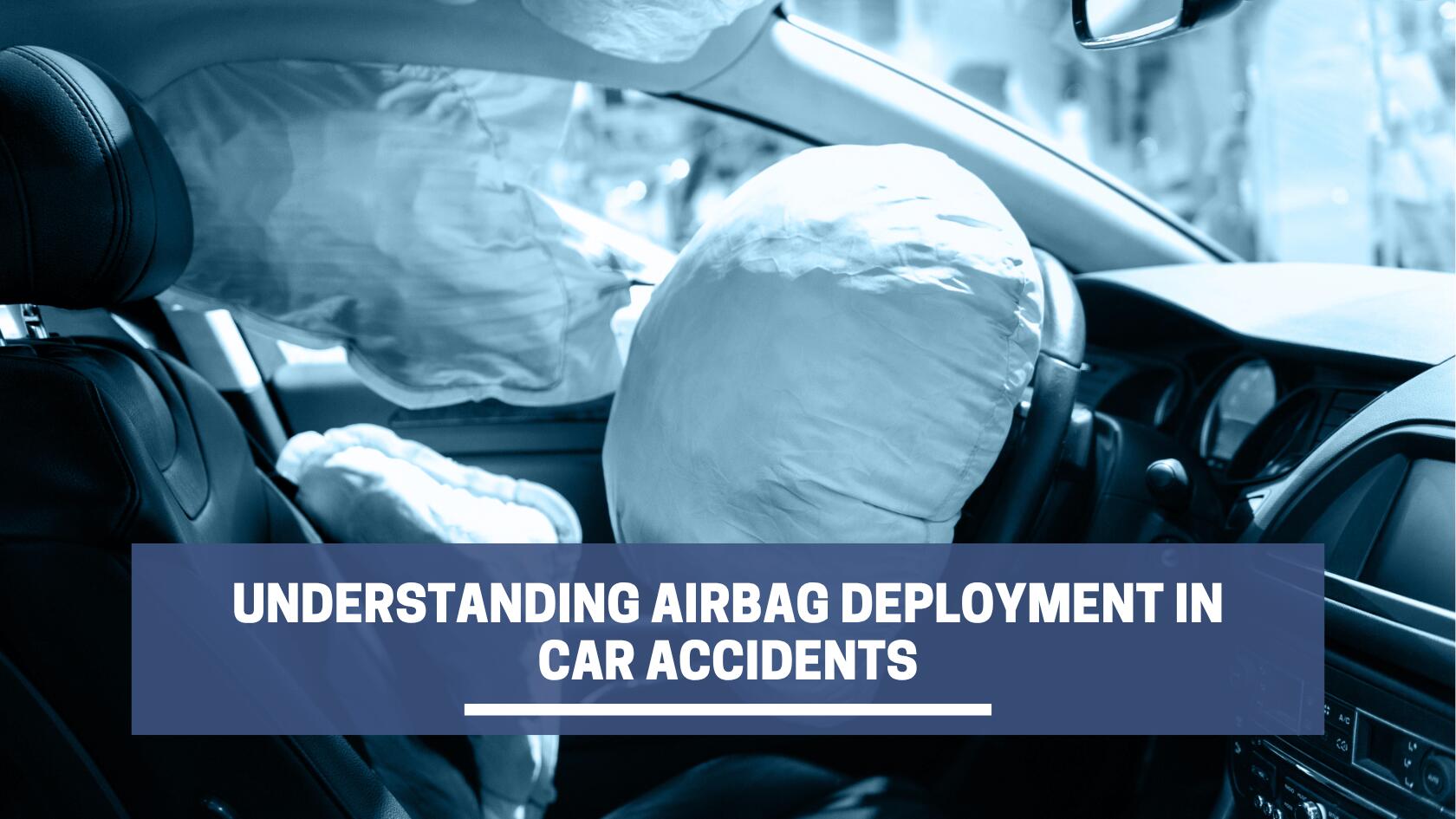Car accidents often lead to serious injuries, and whiplash is among the most common. Every year, around 869,000 crash-related cervical spine injuries are treated in U.S. hospitals, with an estimated 1.2 million cases nationwide.
If you’ve experienced whiplash due to a rear-end collision in California, you can seek compensation through the state’s insurance system. Understanding how this injury happens and getting an accurate diagnosis can help you file a well-supported whiplash claim.
Pursue a fair settlement for medical bills and other losses due to your whiplash injury with the help of a Glendale car accident attorney.
What Is Whiplash?
Whiplash is a type of cervical spine injury that impacts the neck area. The cervical spine consists of seven small vertebrae that run from the base of your skull down through your neck. This section of your spine is incredibly flexible, allowing your head to move freely, but this flexibility also makes it vulnerable to injuries.
Whiplash occurs when the muscles, ligaments, and tendons in the neck are suddenly and forcefully stretched or torn. This can disrupt the normal functioning of the cervical spine, leading to discomfort and necessitating targeted treatments to manage pain and help in recovery.
Car accidents are a major cause of whiplash injuries. In Los Angeles County, which has the highest number of collisions in California, many victims are left with lasting damage to their neck and shoulders due to the injury.
How Do Whiplash Injuries Occur During Rear-End Collisions?
Whiplash injuries are a frequent outcome of rear-end collisions, where the sudden force from the impact causes the neck to snap rapidly back and forth. Here is a breakdown of the process:
- Initial impact. During a collision, the rear vehicle strikes the car in front, causing the seat to push against the occupant’s back. The lower back and torso are propelled forward while the head initially remains in place, creating a forceful backward snap of the neck.
- Rebound. After the initial backward motion, the head then whips forward ahead of the torso, further straining the neck muscles and ligaments.
- Cessation of movement. The head eventually stops its forward motion, often jolting back again, but the rapid back-and-forth movement can damage the soft tissues and joints in the neck.
The force distribution of the impact affects the severity of whiplash injuries. The damage can depend on the speed at impact, the size of the vehicles involved, and whether the headrests are correctly adjusted to minimize the distance the head travels during the snap.
Typical Symptoms of Whiplash
After a rear-end accident, you may experience several symptoms of whiplash. Insurance companies sometimes argue that whiplash injuries are minor or insubstantial—however, they can leave lasting pain.
One study found that people with whiplash-associated disorder (WAD) continued to experience symptoms up to 20 years after the accident. The following shows common symptoms and their impact on daily life:
| Symptom | Explanation | Impact on Daily Life |
| Neck Pain and Stiffness | Discomfort and limited range of motion in the neck, often due to muscle strain. | May restrict head movement and impair driving or working. |
| Headaches | Pain that typically starts at the base of the skull, linked to tension or injury in the neck. | Can disrupt concentration and daily routines. |
| Dizziness | A sensation of spinning or losing balance, often related to neck muscle damage. | Could lead to difficulties with mobility and performing routine tasks. |
| Blurred Vision | Visual disturbances where objects appear unfocused, possibly due to nerve irritation in the neck. | Affects reading, driving, and other vision-reliant activities. |
| Fatigue | A deep sense of weariness resulting from the body’s response to injury and healing. | Reduces energy levels, impacting work and social interactions. |
| Ringing in the Ears (Tinnitus) | Hearing noises like ringing, often caused by nerve disruptions in the neck area. | Can be distracting or distressing, affecting concentration and sleep. |
| Arm and Shoulder Pain | Pain and discomfort that extend from the neck into the shoulders and arms, often resulting from nerve damage during the accident. | Impacts the ability to carry objects, drive, or perform tasks that require arm mobility. |
| Jaw Pain (Temporomandibular Joint Disorder) | The rapid movement of the head can stress the jaw joint and muscles, potentially causing misalignment or muscle strain. | Makes it painful to chew, speak, or open the mouth wide, affecting eating habits and general comfort. |
Whiplash and Medical Care: Why Early Diagnosis and Treatment Matter
If not addressed promptly, whiplash can lead to prolonged health issues. Early diagnosis and effective treatment are essential for minimizing long-term damage and supporting a full recovery. Documenting the injury through medical records also protects your rights to a legal claim for compensation.
Early Diagnosis
Early diagnosis of whiplash is critical for effective treatment. Quickly identifying this injury after a car accident enables healthcare providers to implement effective management strategies to prevent the injury from becoming chronic.
An early diagnosis helps victims receive targeted pain management and physical therapy, crucial for supporting recovery and preventing additional damage.
How Surgeons Diagnose and Treat Whiplash
Orthopedic and neurosurgeons assess and manage severe whiplash cases through detailed physical exams and imaging techniques like X-rays or MRI scans. Depending on the severity, they may recommend treatments such as wearing a cervical collar, undergoing physical therapy, or surgical interventions to repair structural damage or alleviate intense pain.
Impact of Treatment on Long-Term Health
Effective whiplash treatment addresses the immediate injury and may reduce its long-term impact on your life. Prompt and appropriate treatment decreases the duration and severity of symptoms, leading to fewer medical bills and less time off work.
Managing the injury with physical therapy, medications, or surgery if necessary, can help you maintain a higher quality of life and avoid the long-term complications that often come with untreated whiplash.
Medical Care and Legal Claims
Receiving medical care immediately after a whiplash injury is essential not just for recovery but also for legal compensation claims. When you seek diagnosis and treatment for whiplash, it can bolster your insurance claim by doing the following:
- Establishes a medical record of the whiplash, detailing the extent and nature of the injury for legal proceedings.
- Demonstrates the need for specific medical interventions, supporting claims for medical expense reimbursement.
- Shows when treatment began and the duration, important for proving the injury’s impact over time.
- Helps justify the damages claimed for medical costs, lost wages, and other damages related to the injury.
What Damages Can You Seek in a Neck Whiplash Car Accident?
If you suffer whiplash in a car accident, you can seek specific damages for your injuries. An experienced auto accident attorney will calculate your losses, including economic and non-economic damages, and include them as part of your collision claim. Your award can include:
| Type of Damage | What It Includes |
| Medical Costs | All medical costs associated with the injury: – Emergency room visits – -Follow-up doctor appointments – Physical therapy sessions – Prescription medications – Surgical procedures if needed – Medical equipment like braces or supports |
| Lost Wages | Salary or wages missed during recovery: – Benefits or bonuses lost due to absence from work – Projected loss of future earnings if the injury impacts long-term work capacity |
| Pain and Suffering | Compensation for physical pain and discomfort: – Emotional and psychological distress caused by the injury and recovery process – Inability to participate in leisure activities or hobbies – Diminished quality of life due to physical limitations |
| Loss of Enjoyment | Compensates for impact on quality of life: – Inability to participate in leisure activities or hobbies – Diminished life enjoyment due to physical limitations |
| Loss of Consortium | Damages for impact on relationships: – Effects on spousal relationships, including loss of companionship and support – Impacts on physical intimacy and partnership dynamics |
What if You are a Passenger in the Accident?
As a passenger, you hold the same rights to compensation for injuries as the driver in the event of an accident. Whether the accident is due to the driver’s actions or someone else’s, you’re entitled to claim compensation from the liable party.
Here are different considerations depending on the scenario:
- Accident caused by the driver you’re riding with. If a loved one or a friend is driving and they cause an accident, you can still file a claim through their insurance. These claims are generally covered under the driver’s liability insurance, which can provide for your medical expenses and other losses without affecting your personal relationship.
- Accident caused by a third party. If another driver is responsible for the accident, you should file a claim against their insurance. This process involves proving that the third party was at fault and demonstrating the extent of your injuries and other damages to secure compensation from their insurer.
- Accident while in a rideshare vehicle. The process might involve multiple insurance policies if you’re injured while using a rideshare service like Uber or Lyft. Typically, you will file a claim through the rideshare company’s insurance. However, depending on the driver’s status (on a trip or logged in the app) at the time of the accident, you may need to file with the individual driver’s insurance.
Get the Compensation You Need After a Rear-End Whiplash Injury
If you’ve suffered from whiplash after a rear-end accident, act quickly to safeguard your rights. Seek immediate medical attention to document your injuries and start appropriate treatment. Consult a skilled attorney to guide you through the legal process and protect your interests. These steps can help you secure the compensation you deserve and support you during recovery.











